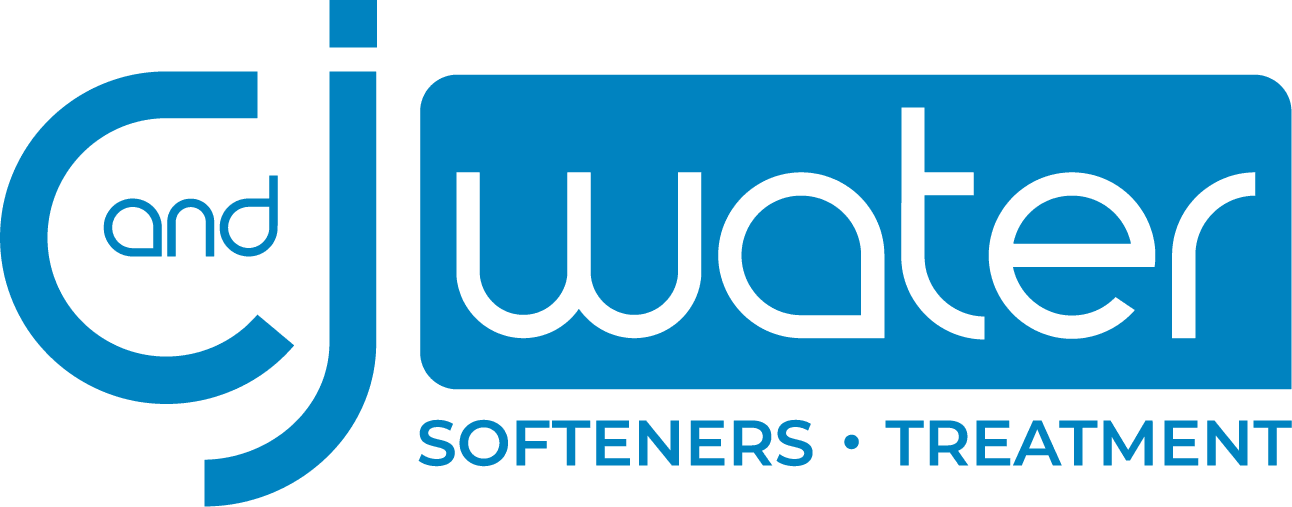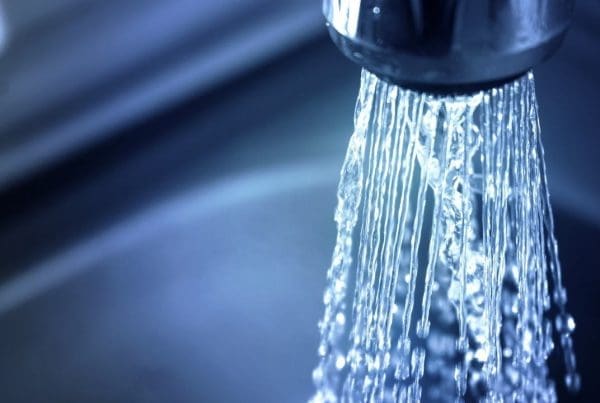Do I Need to Remove Bacteria From My Drinking Water?
In the US alone, an estimated 560,000 people suffer from severe waterborne diseases, while 7.1 million suffer from mild to moderate infections.
In today’s modern society, many families rely on city distributors to give them clean water without thinking twice. But the truth is, they could be pulling that water from unsterilized sources, meaning there is still a real threat of bacteria in drinking water.
The good news is that you can learn how to remove bacteria from drinking water so that you can protect your family’s health.
In this article, we’ll tell you everything you need to know about keeping your family’s drinking water safe.
What Bacteria Can Be Found In Water?
While it’s possible for water to become a home to a huge variety of microbiological organisms, bacteria like E. coli, shigella, and salmonella and protozoa like giardia and cryptosporidium are the most common concerns of home drinking water.
Water can also transport viruses like rotavirus or norovirus, as well as fecal matter and decaying animal particles.
While not all of these bacteria are dangerous, they can leave a moldy, algae-flavored taste or an earthy smell to your water. By getting rid of this bacteria, you can increase the quality of water that your family drinks.
Here are a few common bacteria that can be found in water.

Giardia
Giardia is a microscopic parasite and is one of the most common waterborne disease carriers in the world. If ingested, this parasite dwells in your intestines and causes giardiasis.
Symptoms of ingesting giardia include diarrhea, nausea, bloating, and painful stomach cramps.
Cryptosporidium
“Crypto” is another common disease-carrying parasite that causes cryptosporidiosis. This leads to dehydration, fever, diarrhea, nausea, and weight loss.
It enters private wells through floodwaters and rainwaters and can be found in fecal matter from wild animals. Crypto can survive in tough conditions because of its hard, protective shell.
E. Coli
E Coli is a bacteria that can be found in the intestines of healthy people and animals. While most E. Coli is harmless, there are a few strains that can cause serious illness.
The particularly dangerous strain can be found in cattle intestines and is often associated with undercooked beef or unpasteurized milk, but can also contaminate plants, water, and vegetables.
It can trigger vomiting, diarrhea, and severe stomach cramps if ingested.
Legionella
Legionella is bacteria that can be found in natural freshwater streams and lakes. When inhaled, it can create a pneumonia-like illness called Legionnaires disease.
It can be very infectious when converted into a mist through things like hot tubs, showers, or air conditioning units. People with this disease experience fever, coughing, muscle soreness, fatigue, and headaches.
How Can You Remove Bacteria From Drinking Water?
There are several different methods that you can use to remove bacteria from water, including UV disinfection, zonation, chlorination, and water distillation.
Let’s take a look at how each of these works to give you a clean water supply.
UV Disinfection
UV disinfection is one of the most popular and reliable methods of residential bacteria treatment. UV systems are commonly used by homeowners, businesses, and commercial applications that depend on well water that might be drawn from a potentially unsafe source.
Ultraviolet light neutralizes the DNA in bacteria which prevents them from reproducing in water. This leaves that bacteria completely harmless and incapable of infecting anyone who drinks the water.
These well water filtration systems are also highly popular because they:
- Typically don’t generate any wastewater
- Require little maintenance
- Are incredibly effective
- Don’t use chemical additives
Because of this, they are usually regarded as one of the best ways to get rid of bacteria and contaminants from water.
How do they work?
Water flows into the UV purification system and enters a chamber that is exposed to UV light. The UV light is powered by tiny balls of mercury inside of the lamp. As it heats up, it emits UV-C rays and leaves bacteria neutralized.
This method of UV disinfection provides around 9,000 hours worth of disinfection (about a year).
 UV systems are perfect for homes that rely on well water, vacation homes, and beach houses. They are also great for RVs. It is also common for businesses and industries to use UV purification, such as:
UV systems are perfect for homes that rely on well water, vacation homes, and beach houses. They are also great for RVs. It is also common for businesses and industries to use UV purification, such as:
- Laboratories
- Hospitals
- Manufacturing plants
- Breweries
- Hydroponic farms
- Greenhouse agriculture
- Hotels and food service
Chlorine
Chlorine is a popular purification method used by water treatments all over the world. It is great because:
- It is easy to add at large scales
- It can be carefully measured
- It behaves predictably
Once chlorine touches bacteria, it breaks down its chemical bonds on a molecular level. When you add chlorine to water, it forms a weak acid called hypochlorous acid. This penetrates a bacteria’s cell walls and destroys bacteria from the inside out.
In low doses, chlorine is completely safe to consume. Although it might have a small, chemical aftertaste, this can be improved with a carbon filter or a dechlorinator.
Shock chlorination is a treatment process that is usually done to private wells right after it has been bored, cleaned, or repaired. You “shock” the well with a high amount of concentrated chlorine to destroy any bacteria in the well.
This is also done after extreme weather events such as floods or storms, or if a well has been stagnant for long periods of time.
While shock chlorination is very effective at destroying bacteria, it doesn’t guarantee clean water over long periods of time. It needs to be done continually to keep the water clean.
Ozone
Ozone is another powerful water disinfectant. It is unique in that it can rapidly destroy waterborne viruses and bacteria faster than any other well water filtration system.
Similar to chlorine, it oxidizes with bacteria and ruptures them on a structural level upon contact. But unlike chlorine, where the chemical must sit in water overnight to kill bacteria, ozone works within minutes.
Ozone is also capable of destroying inorganic matter like pesticides and herbicides as well as other contaminants like iron, sulfur, and manganese.
Ozone (O3) is an oxygen compound that has remarkable oxidation properties, which is what allows it to break down tough contaminants so quickly. Interestingly, ozone is created naturally in events such as lightning strikes. An Ozonator simulates this event by creating electrical discharges in water.
Although it has proven to be more effective at disinfection than chlorine, it is unstable, making it hard to use for city-wide water treatment. However, it can be great for point-of-use home treatment or in commercial kitchens.
Water Distillation
Another fantastic point-of-use water treatment is water distillation. It can eliminate bacteria and viruses from water in small batches.
The distillation process simulates the earth’s hydrologic cycle — the way nature actually purifies water. In this cycle, water evaporates from bodies of water and transitions into a gaseous state. In the process, it gets rid of contaminants like salts, metals, and other matter. As it rises into the atmosphere, it cools and condenses into clouds. Finally, it returns to earth in a pure liquid through rain or snow.
A distiller does this all right in your kitchen. Unpurified water is put into a boiling chamber in the water distiller. As it heats up, it converts the liquid into steam and enters cooling coils. It is chilled, then returns to a liquid state and exits the distiller.
The pure water is then ready to be used.
Distillation is a great way to eliminate bacteria as well as contaminants like organics, ions, and other dissolved solids. The boiling water destroys viruses and microorganisms easily.
It’s commonly used not only at home, but in the medical field, automotive field, and laboratories.
The downside to water distillation is that it can only be done in very small batches and over long periods of time. A countertop water distiller can take up to six hours just to distill a single gallon of water — and use a high amount of energy to do so.
Although they are a great point-of-use solution for clean water, a whole-house system such as UV or chlorine should be a higher priority before using a distiller to purify your water.
Reverse Osmosis
Although reverse osmosis is able to remove bacteria from your drinking water, it should not be used as the primary source of purification. To be on the safe side, it should only be used in water that is already microbiologically safe.
Reverse osmosis is a thorough and powerful way to filter water, but if you are having issues with bacteria, water should be treated with Ozonation or UV disinfection beforehand.
Key Takeaways
Nothing is more important than the safety and well-being of your family.
When it comes to something as vital and widely used as your household drinking water, it is incredibly important that you’re using the best possible processes to remove bacteria from drinking water and protect their health.
If you need quality water solutions at affordable prices, you can get a free water analysis in just 30-45 minutes with C and J Water today!




